19 Tips for Beautiful Horse Photography
Updated on
Horses have a timeless beauty that captivates photographers around the world. Their strength, grace, and personality make them extraordinary subjects to capture. Imagine capturing the sheer power of a galloping horse, its mane flowing in the wind, or the tender connection between a rider and their trusted steed. Horse photography isn't just about taking pictures—it's about telling stories of grace, strength, and emotion. From majestic action shots to intimate portraits, the art of horse photography offers endless creative possibilities.
In this guide, you'll discover essential tips and techniques for beautiful horse photography. We hope that can help with challenges like unpredictable movement, tricky lighting, and showcasing personality.
Creating beautiful horse photography often requires more than just a perfect shot. Sometimes, the background doesn't quite match your creative goals. Aiarty Image Matting lets you seamlessly remove or replace backgrounds, ensuring every detail of your image aligns perfectly with your story.
Aiarty Image Matting is especially adept at handling intricate details like the flowing mane and tail of a horse, preserving their natural beauty while refining the overall composition. Try it today to bring your beautiful horse photography to the next level.
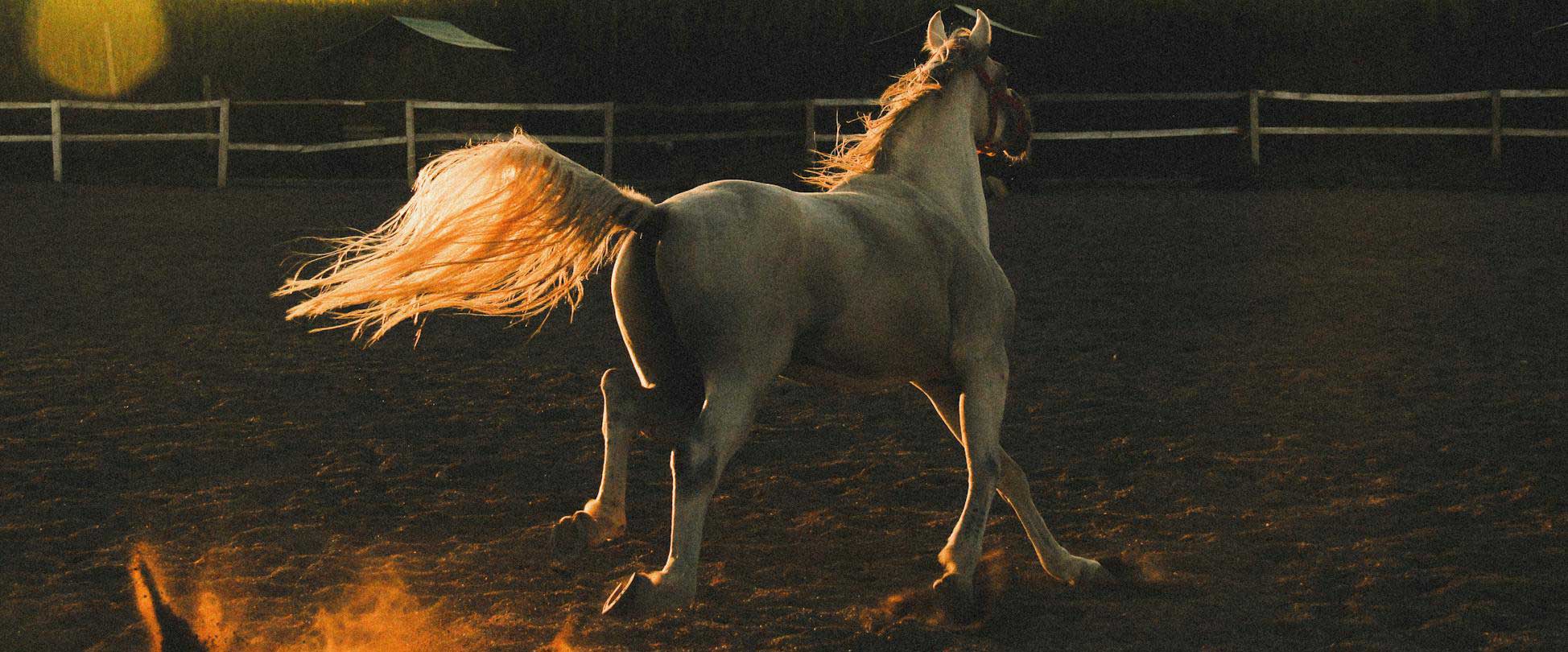
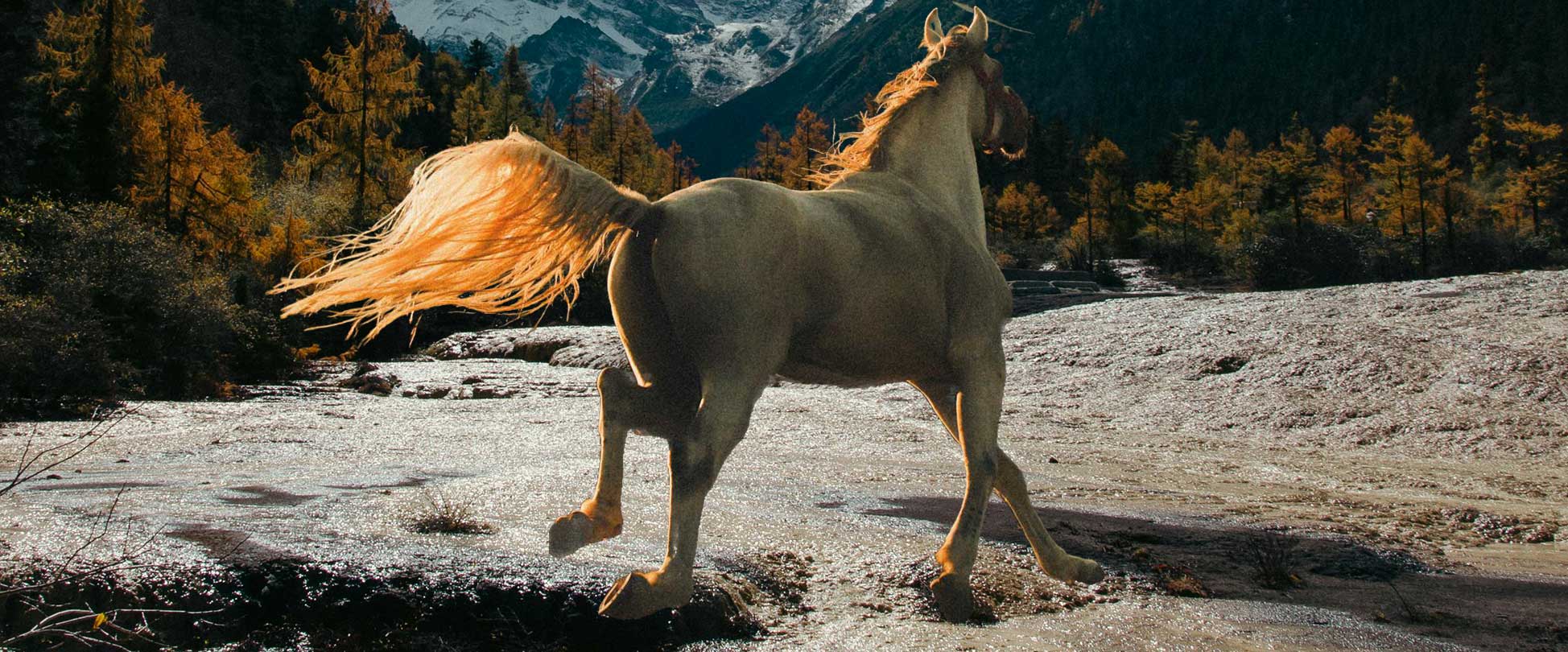
1. Develop Comfort Around Horses
Capturing stunning horse photos starts with understanding their psychology. Horses are intuitive and sensitive to your body language. Spend time with the horse before the shoot to build trust and reduce stress. Observe their behavior to learn what makes them feel safe. Approach calmly and avoid sudden movements. When the horse is relaxed and comfortable, you'll have a better chance of capturing their natural grace and personality.
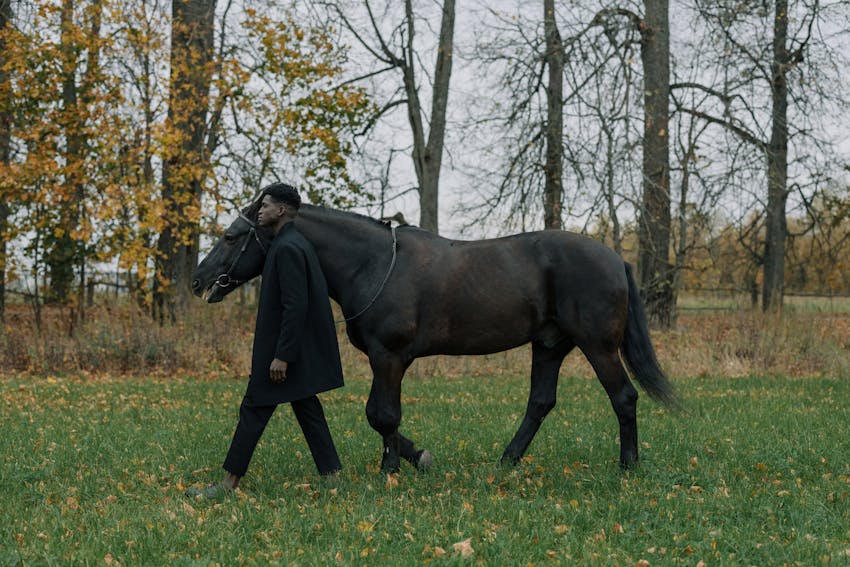
2. Stay Safe During Horse Photography
Your safety and the horse's comfort should always come first. Horses are large animals with unpredictable behavior, especially in unfamiliar situations. Keep a safe distance unless you are confident in your handling skills. Avoid standing directly behind or too close to their legs. Be aware of your surroundings and plan your shots carefully. A safe environment ensures a smoother shoot and helps you focus on capturing exceptional photos.
3. Prepare the Horse for the Shoot
A well-prepared horse makes all the difference in your photos. Groom the horse thoroughly to ensure their coat, mane, and tail look polished and clean. Check that the tack or accessories, if used, are properly fitted and add to the scene's aesthetic. If possible, exercise the horse beforehand to help them relax. A prepared and calm horse will showcase their beauty and personality, resulting in captivating photographs.
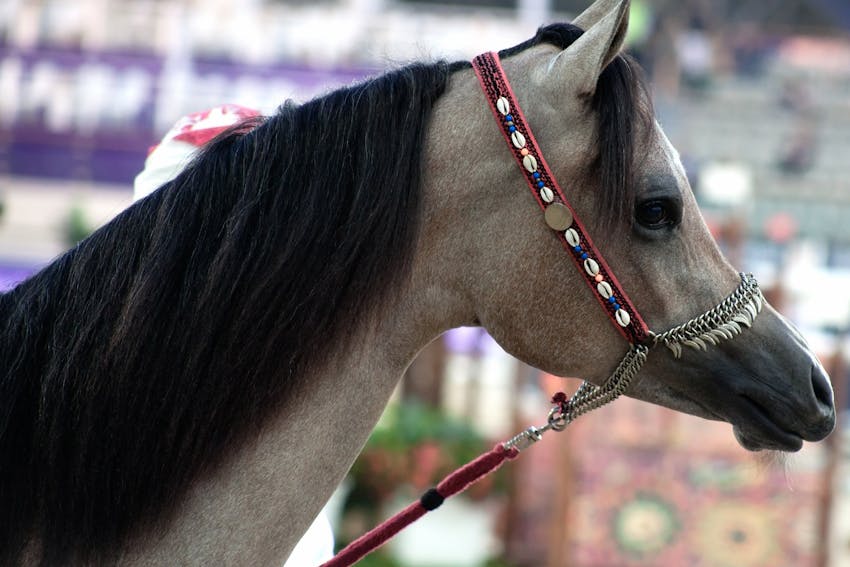
4. Choose the Right Gear and Lens
The gear you choose can greatly impact the quality of your horse photography. Use a DSLR or mirrorless camera with a fast shutter speed to capture motion clearly. Choose a lens with a focal length of 70-200mm for versatility, allowing you to shoot from a safe distance while framing the horse beautifully. Having the right equipment ensures sharper images and lets you focus on creative composition.
5. Switch to Burst Mode and Continuous Focus
Horses are dynamic subjects, often in motion. Switching your camera to burst mode lets you capture multiple frames quickly, increasing the chances of getting the perfect shot. Use continuous focus (AI Servo or AF-C) to keep the horse sharp, even as they move. This combination is ideal for action shots, such as galloping or jumping, ensuring you don't miss those fleeting, dramatic moments.
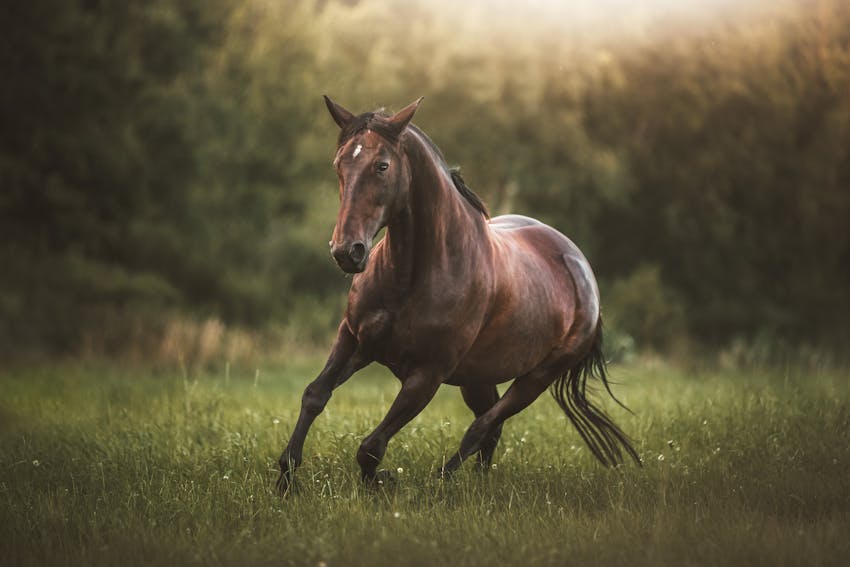
6. Minimize Flash Usage
Flash can startle horses, making them uneasy and disrupting your shoot. Whenever possible, rely on natural light to illuminate your photos. If additional light is needed, use reflectors or diffusers to enhance the scene softly. For indoor shoots, opt for continuous lighting rather than flash. This approach keeps the horse calm and helps you maintain the natural beauty of the environment in your photography.
7. Understand the Best Lighting Conditions
Lighting is crucial in horse photography. Natural light, especially during golden hours shortly after sunrise or before sunset, provides soft, warm illumination that flatters the horse and its surroundings. Avoid shooting in harsh midday sunlight, which can create unflattering shadows. Overcast days are also great, as they provide even lighting.
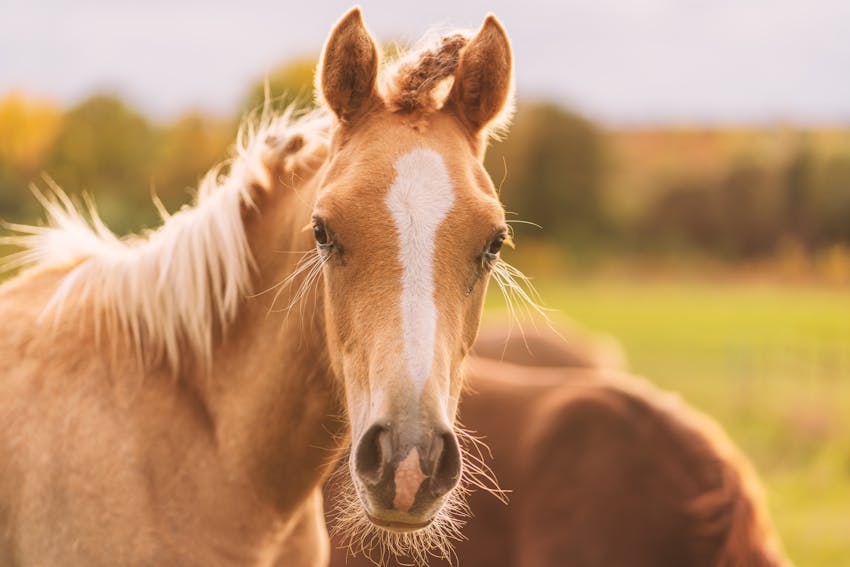
However, artificial lighting can be useful, particularly for indoor shoots or controlled environments. Continuous lighting is preferred over flash to avoid startling the horse. While artificial light offers consistency, it can lack the natural charm of outdoor shoots. By balancing the two methods based on your setting and creative vision, you can achieve stunning results.
8. Choose a Good Environment
The environment sets the tone for your horse photography. Open fields, forests, or ranches make excellent backdrops, offering a natural and serene atmosphere. Look for settings that complement the horse's appearance and allow them to move freely. Also remember that not all horses are comfortable in new environments. A well-chosen location enhances the composition and brings the scene to life.
Props can enhance your horse photography by adding depth and context to the story you're telling. Use items like saddles, bridles, or ribbons to highlight equestrian themes. For rustic or outdoor settings, consider incorporating hay bales, wildflowers, or fences to complement the scene. Make sure the props don't overshadow the horse but instead enhance its presence. Thoughtfully chosen props can turn a simple photo into a compelling narrative.
9. Use Silhouettes for Drama
Silhouettes can add a dramatic and artistic touch to your horse photography. Capture these shots during sunrise or sunset when the light is low and the sky is vibrant. Position the horse against the light source to create a bold outline of its form. Focus on its shape, such as a flowing mane or a rearing stance, to convey power and grace. Silhouettes evoke emotion and tell a unique story.
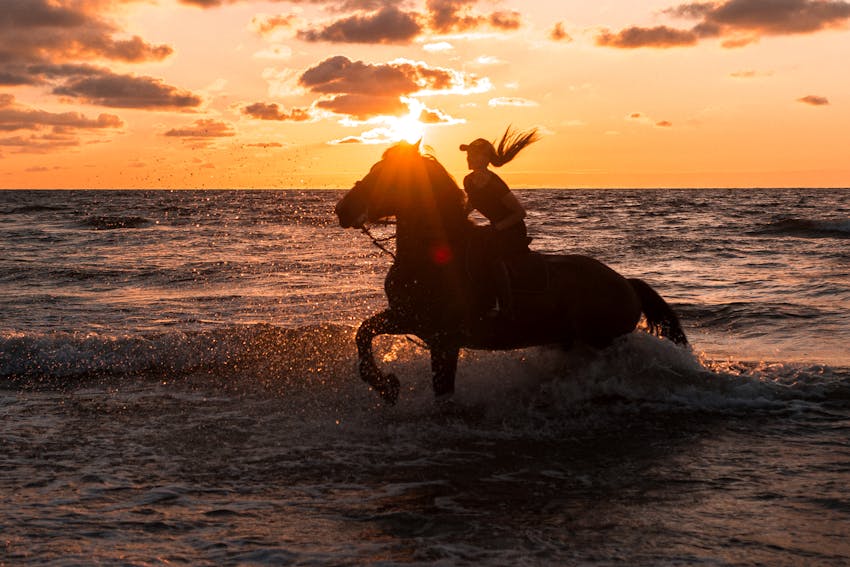
10. Use Creative Angles
Experimenting with angles can transform your horse photography. Low-angle shots, taken from below the horse's eye level, make the animal appear more majestic and imposing. This perspective emphasizes their strength and size, especially when paired with a dynamic pose like a gallop or rear. Conversely, higher angles can highlight a horse's delicate features. Creative angles add depth and personality to your images, making them stand out.
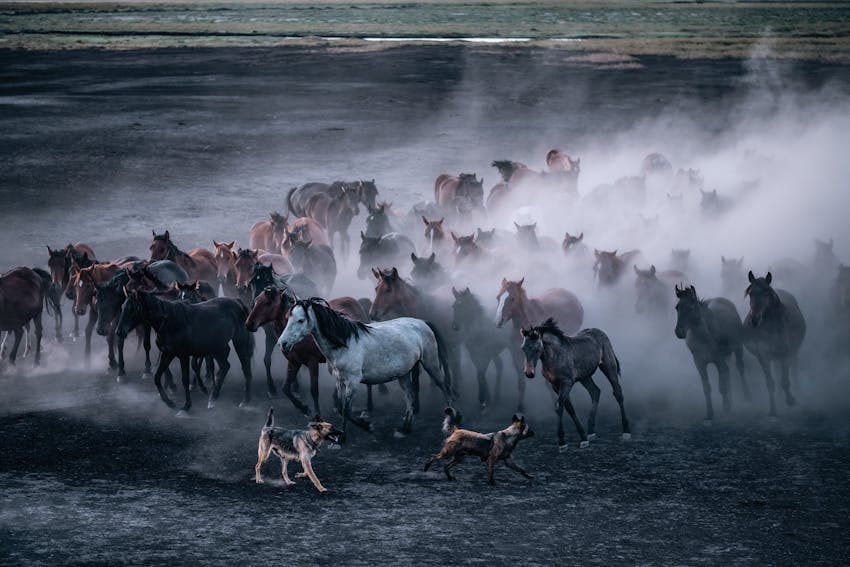
11. Capture Horses With Ears Up
A horse's ears convey mood and attention. Photos with their ears pricked forward give the impression of alertness and engagement, which adds vibrancy to your shots. To achieve this, use sounds like a soft whistle or rustling to catch their interest momentarily. Be patient and quick to capture the moment, as this subtle detail significantly enhances the horse's personality in your photos.
12. Highlight Breed Characteristics and Personality
Every horse breed has unique traits, from a muscular build to flowing manes. Focus on these features to celebrate the horse's individuality. Observe their natural expressions and movements to capture their personality. For instance, a spirited horse may look best in action shots, while a calm horse might shine in close-up portraits. Highlighting these details ensures your photos feel authentic and tell a meaningful story.
13. Take Action and Portrait Shots
A balanced collection of action and portrait shots adds variety to your horse photography. Action shots capture the horse's power and movement, such as galloping, jumping, or playful behavior. Use a fast shutter speed to freeze these moments. Portraits, on the other hand, focus on the horse's features and expressions. Frame the head and neck, or include the rider for added context. Both styles highlight the horse's beauty in unique ways.
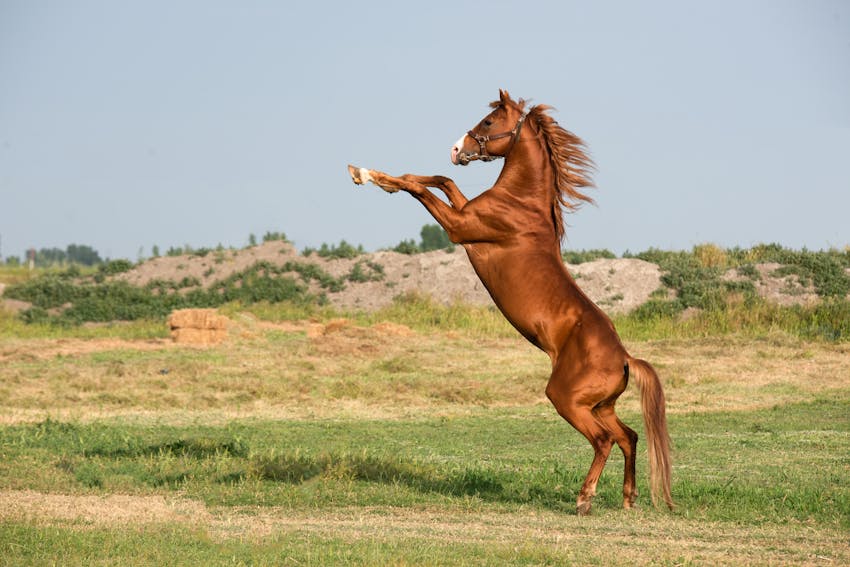
14. Embrace Detail Shots to Accentuate Features
Detail shots allow you to focus on the finer aspects of a horse's beauty. Capture close-ups of expressive eyes, textured coats, or the flow of their mane and tail. Zoom in on the intricate details of tack or the curve of their muscles. These shots add depth and variety to your portfolio, highlighting the elegance and craftsmanship that might go unnoticed in wider compositions.
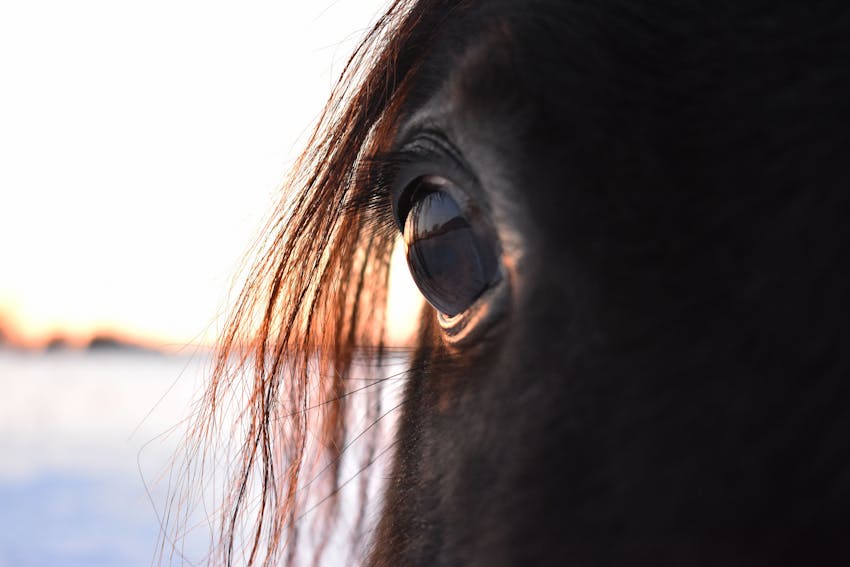
15. Capture Motion Blur for Dynamic Shots
Motion blur is a creative way to highlight a horse's energy and movement. To achieve this effect, use a slower shutter speed, such as 1/30 or 1/60 of a second, depending on the horse's speed. Focus on the horse's head or body while panning your camera in sync with their motion. This technique keeps the subject sharp while blurring the background and legs, adding a sense of speed and dynamism.
Experiment with different shutter speeds and angles to create unique effects. For example, a side view emphasizes motion, while a frontal view can make the horse appear to leap toward the viewer. Motion blur adds an artistic touch, turning an ordinary action shot into a captivating visual story. Practice and patience are key to mastering this technique.
16. Pay Attention to Mane and Tail Flow
A horse's mane and tail are defining features that set them apart from other photography subjects. Their movement can bring life and drama to your images. Use natural wind to let the mane and tail flow freely, creating a dynamic and elegant effect. If wind isn't present, encourage movement by having the horse trot, canter, or gallop. Position yourself strategically to capture how the mane frames the horse's face or how the tail fans out mid-motion.
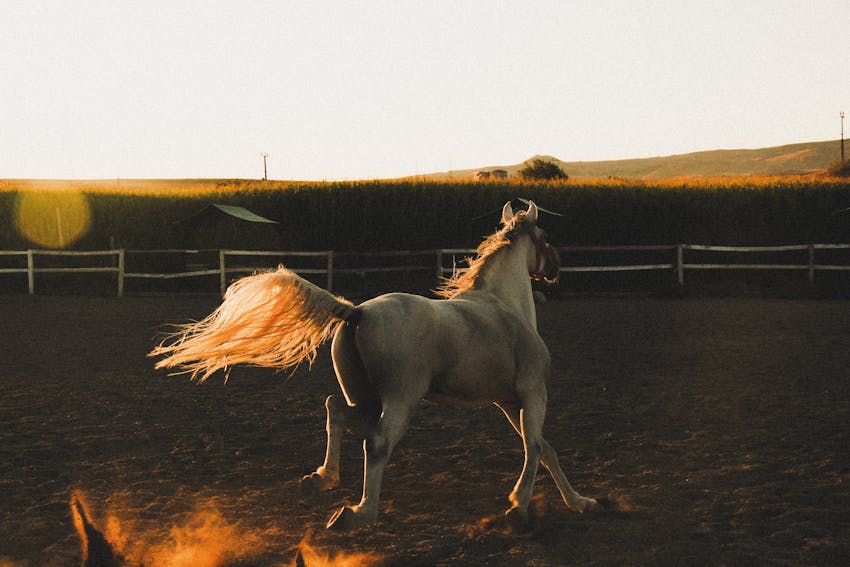
For portrait shots, brush and groom the mane and tail to ensure they look polished and neat. You can style them for added emphasis, such as braiding or parting the mane to one side. In action shots, the mane's wild flow and the tail's graceful sweep can add energy, making your photos more captivating. Paying attention to these elements creates an unparalleled visual impact unique to horse photography.
17. Work With Reflections
Reflections can add a creative twist to your horse photography. Look for reflective surfaces like calm water, puddles, or even polished floors. Position the horse so that its reflection is clearly visible and complements the composition. Experiment with angles to create symmetry or emphasize the horse's silhouette. Reflections can add depth and a sense of serenity to your photos, transforming a simple scene into a captivating work of art.
18. Direct Horses for Dynamic Shots
Directing a horse requires patience and understanding. Work with the handler or rider to guide the horse into positions that showcase their strength and personality. Use cues to encourage specific movements, such as rearing, galloping, or standing still. Ensure the horse is comfortable and relaxed throughout the process. Clear communication and timing are key to capturing dynamic poses that bring energy and life to your photos.
19. Portray Intimacy With Riders and Coordinate Styles
Showcasing the bond between a horse and its rider can add a powerful emotional layer to your photos. This is especially impactful during equestrian events, where the connection is key to their performance. Capture moments like the rider gently patting the horse after a jump or preparing in the stables. For casual or lifestyle shoots, focus on relaxed interactions such as grazing together or sharing a playful moment.
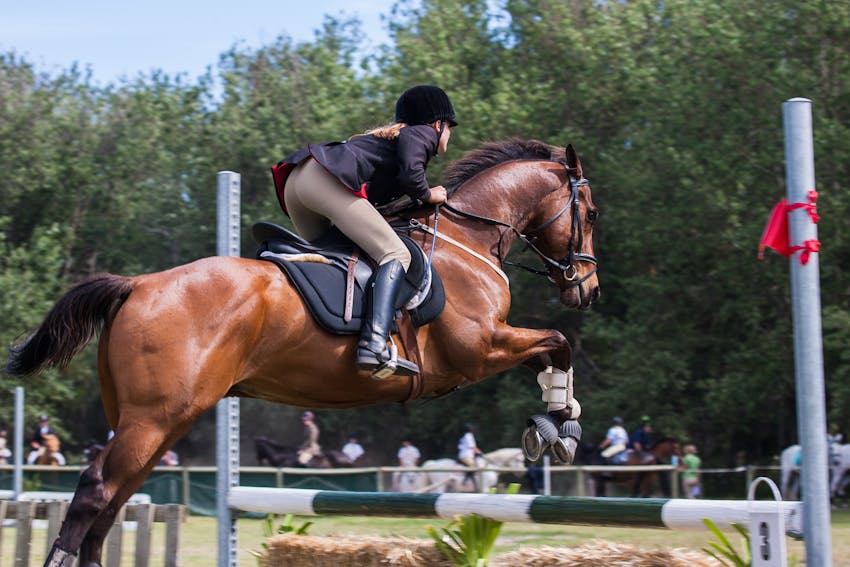
Coordinate the rider's attire with the horse's tack and the setting to create a unified visual style. A formal look may suit a competition, while natural tones work well in outdoor settings. Highlighting this relationship not only tells a story but also makes the photos more relatable and engaging.
Final Words
Capturing beautiful horse photography is both a challenge and an art. By understanding horse psychology, mastering technical skills, and embracing creative techniques, you can transform ordinary shots into extraordinary ones. Whether you're highlighting their power in motion or their grace in stillness, each photo tells a unique story.
With the tips shared here, you're equipped to overcome common hurdles and elevate your skills. So grab your camera, head to the stables or open fields, and start creating stunning images that celebrate the beauty of horses. The perfect shot awaits—what story will you tell next?